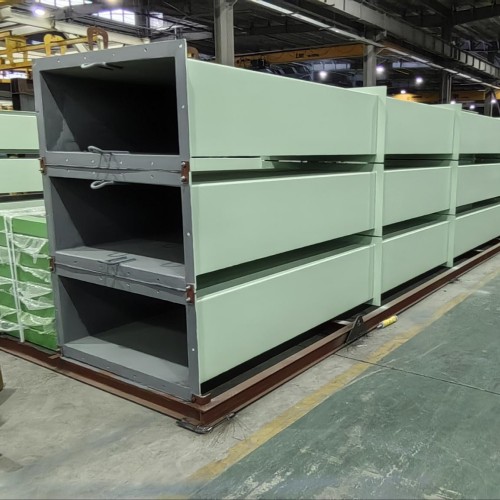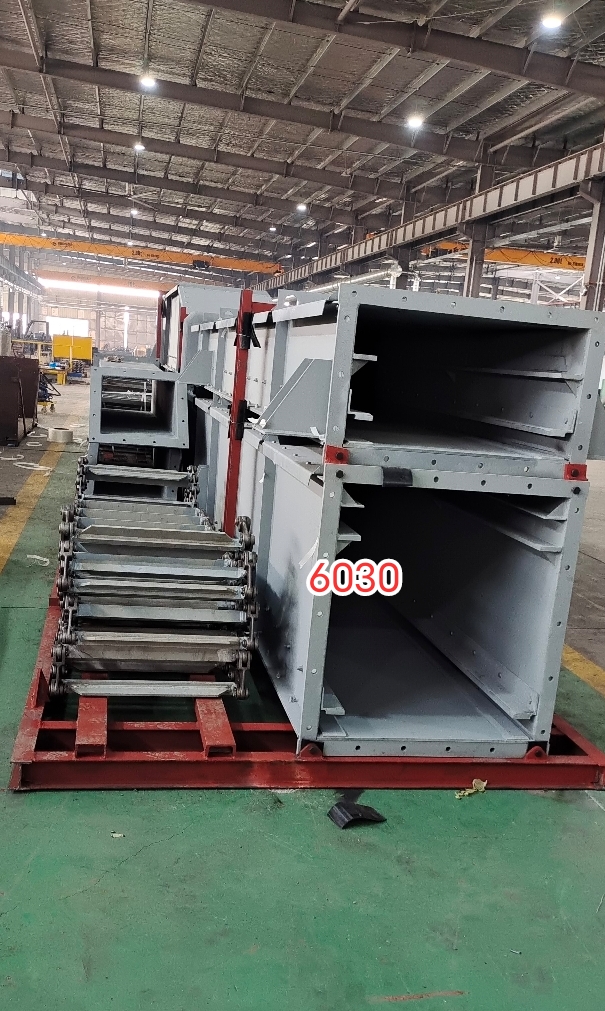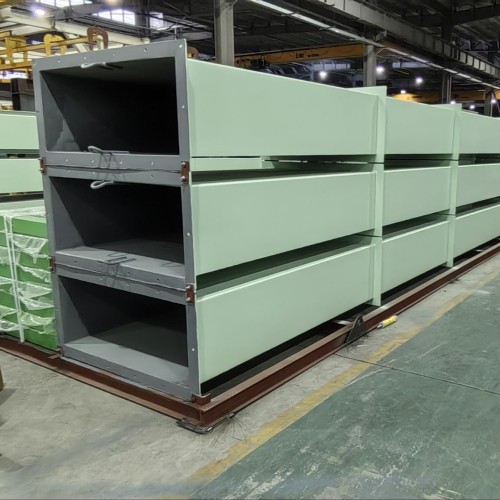
Complete solutions for biomass boiler ash handling
Complete Solutions for Biomass Boiler Ash Handling
Biomass boilers are increasingly used in power generation and waste-to-energy plants due to their ability to convert organic materials into heat and electricity. However, one of the challenges associated with biomass combustion is the handling of the ash byproduct, which includes bottom ash and fly ash. Effective ash handling is crucial to ensuring safe, efficient, and environmentally responsible operations. Here’s an overview of complete solutions for biomass boiler ash handling.
1. Understanding Biomass Ash
Biomass ash consists of two primary types:
- Fly Ash: Fine particles that are carried up with flue gases during combustion. It can be highly abrasive and lightweight, requiring careful transport and dust control.
- Bottom Ash: Coarse, heavier ash that settles at the bottom of the combustion chamber. It tends to be less abrasive but requires robust systems for handling due to its density and particle size.
Efficient handling of both types of ash is critical for maintaining boiler efficiency, preventing equipment damage, and ensuring compliance with environmental regulations.
2. Key Challenges in Biomass Ash Handling
- Dust Control: Fly ash is prone to being airborne, and dust can negatively impact both plant operations and environmental compliance.
- Abrasiveness: Biomass ash, especially from certain types of biomass (such as wood, agricultural residues, or waste materials), can be highly abrasive, leading to wear on equipment.
- Moisture Content: Biomass ash often has varying moisture levels, making it more challenging to handle, store, and dispose of.
- Environmental Concerns: Proper disposal and handling are necessary to avoid environmental contamination or violations of air quality standards.
3. Biomass Ash Handling System Components
Complete biomass ash handling systems typically include the following key components:
1. Bottom Ash Handling System
- Submerged Scraper Conveyors (SSC):
- Wet Handling: SSC systems are ideal for handling wet bottom ash, typically collected from the boiler’s bottom. The ash is transported in a submerged, water-filled conveyor trough, which helps prevent dust generation and material degradation.
- Cooling and Transport: This system cools the bottom ash and transports it to disposal or storage areas. The submerged design ensures that the system remains free of wear and tear from abrasion.
- Drag Chain Conveyors:
- Dry Ash Handling: These conveyors are used to transport dry bottom ash and are often employed in an enclosed system to reduce the risk of dust formation. They are robust enough to handle the high abrasiveness of bottom ash and prevent spillage.
- Bucket Elevators:
- Vertical Transport: Bottom ash can be moved vertically using bucket elevators, which are essential when handling large amounts of ash. These systems are ideal for transporting bottom ash from the furnace to storage or disposal areas.
2. Fly Ash Handling System
- Pneumatic Conveying Systems:
- Air-Driven Systems: Pneumatic conveyors are widely used for transporting fly ash, as they are effective at moving fine, lightweight particles over long distances. These systems use air pressure to push the ash through pipes, preventing airborne particles from escaping and minimizing dust pollution.
- Dense-Phase and Dilute-Phase: Dense-phase systems are used when moving large quantities of ash at low speeds, while dilute-phase systems are better for smaller volumes at higher speeds.
- Screw Conveyors:
- Compact and Efficient: Screw conveyors can also be used for transporting both fly and bottom ash, especially when space constraints are an issue. They work by rotating a screw to push the ash through a tube. This system is ideal for short-distance transport of dry fly ash.
3. Integrated Ash Handling Systems
- Many biomass plants use integrated ash handling systems that combine both bottom and fly ash conveyors in a unified solution. These systems allow for centralized management of ash transport, ensuring efficient and coordinated handling, reducing maintenance requirements, and minimizing downtime.
- Dual-Mode Systems: Some advanced systems can automatically switch between pneumatic and mechanical conveyors depending on the type of ash being handled (fly or bottom ash), optimizing efficiency and minimizing wear on equipment.
4. Dust Control and Environmental Compliance
Biomass ash, particularly fly ash, can generate significant dust if not carefully managed. Dust suppression is critical to meet air quality regulations and to protect workers and the environment.
Dust Control Solutions:
- Dust Collectors: Pneumatic systems typically include baghouses or cyclone separators to capture airborne particles and prevent them from escaping into the environment.
- Enclosed Conveyors: Both pneumatic and mechanical ash handling systems are often designed as fully enclosed systems, which helps contain dust and ash particles, reducing emissions and environmental impact.
- Wet Handling Systems: For bottom ash, wet systems (like submerged conveyors) help contain dust by using water to keep ash particles damp and prevent them from becoming airborne.
5. Ash Storage and Disposal Solutions
After ash is collected and transported, it needs to be stored or disposed of properly. Effective ash storage is essential for preventing contamination and minimizing material loss.
Ash Storage Solutions:
- Silos and Bins: Ash is often stored in large silos or bins that are equipped with aeration systems to prevent material compaction and facilitate unloading.
- Ash Disposal: In many cases, ash can be sent to landfills or ash ponds, but it can also be recycled for use in industries like cement production, where fly ash is used as a supplementary cementitious material.
Fly Ash Beneficiation:
- Some facilities use fly ash beneficiation systems, which treat and convert fly ash into valuable products, such as cement substitutes or construction materials. This not only helps with environmental compliance but can also turn ash into a revenue-generating product.
6. Monitoring and Control Systems
A centralized control system is often implemented to monitor and manage the operation of biomass ash handling systems. These systems track:
- Ash flow rates
- System performance
- Dust emissions
- Temperature and moisture levels of the ash
- Maintenance schedules
This ensures smooth operation, real-time adjustments, and quick identification of potential issues.
7. Key Advantages of Complete Biomass Ash Handling Systems
- Efficient Ash Removal: Ensures the removal of both fly and bottom ash from the combustion zone without disrupting boiler operation.
- Environmental Compliance: Proper dust control and safe disposal solutions ensure compliance with air quality standards and environmental regulations.
- Safety: Reduced exposure to ash byproducts for workers, minimized risk of accidents, and prevention of equipment failure.
- Cost-Efficiency: Systems designed for low energy consumption and reduced maintenance costs help optimize plant operating costs.
- Flexibility: Systems that can handle a variety of biomass feedstocks and ash characteristics ensure adaptability to different plant needs.
Conclusion
A well-designed biomass boiler ash handling system is essential for ensuring the smooth operation of biomass energy plants. By integrating mechanical conveyors, pneumatic conveying, and dust control technologies, operators can efficiently manage both fly ash and bottom ash, meet environmental regulations, and improve the overall efficiency of their operations. Additionally, ash recycling offers opportunities for sustainability and cost savings.
Would you like more detailed advice on any particular aspect of biomass ash handling systems or specific recommendations based on your facility’s requirements?






